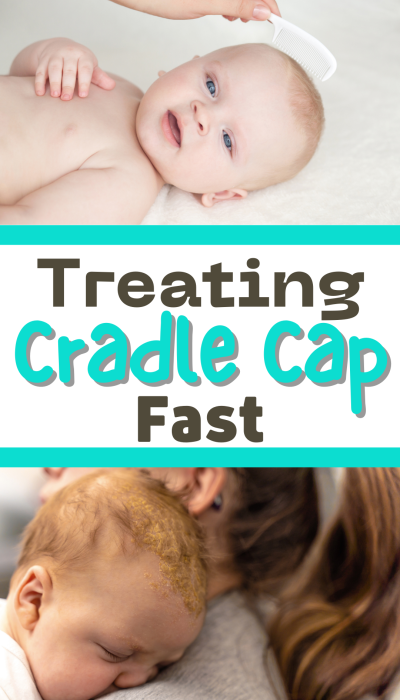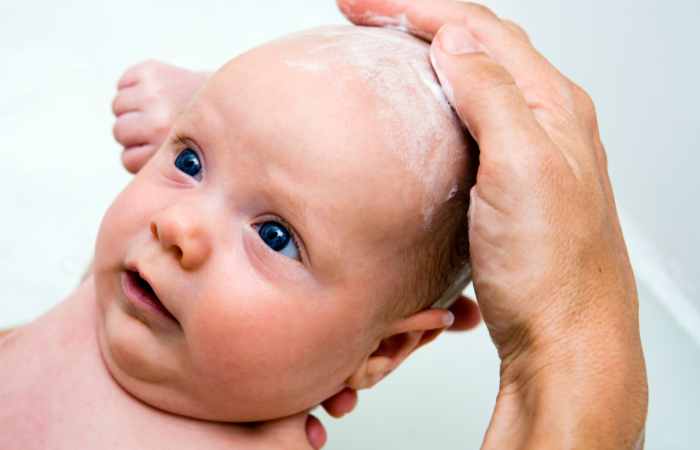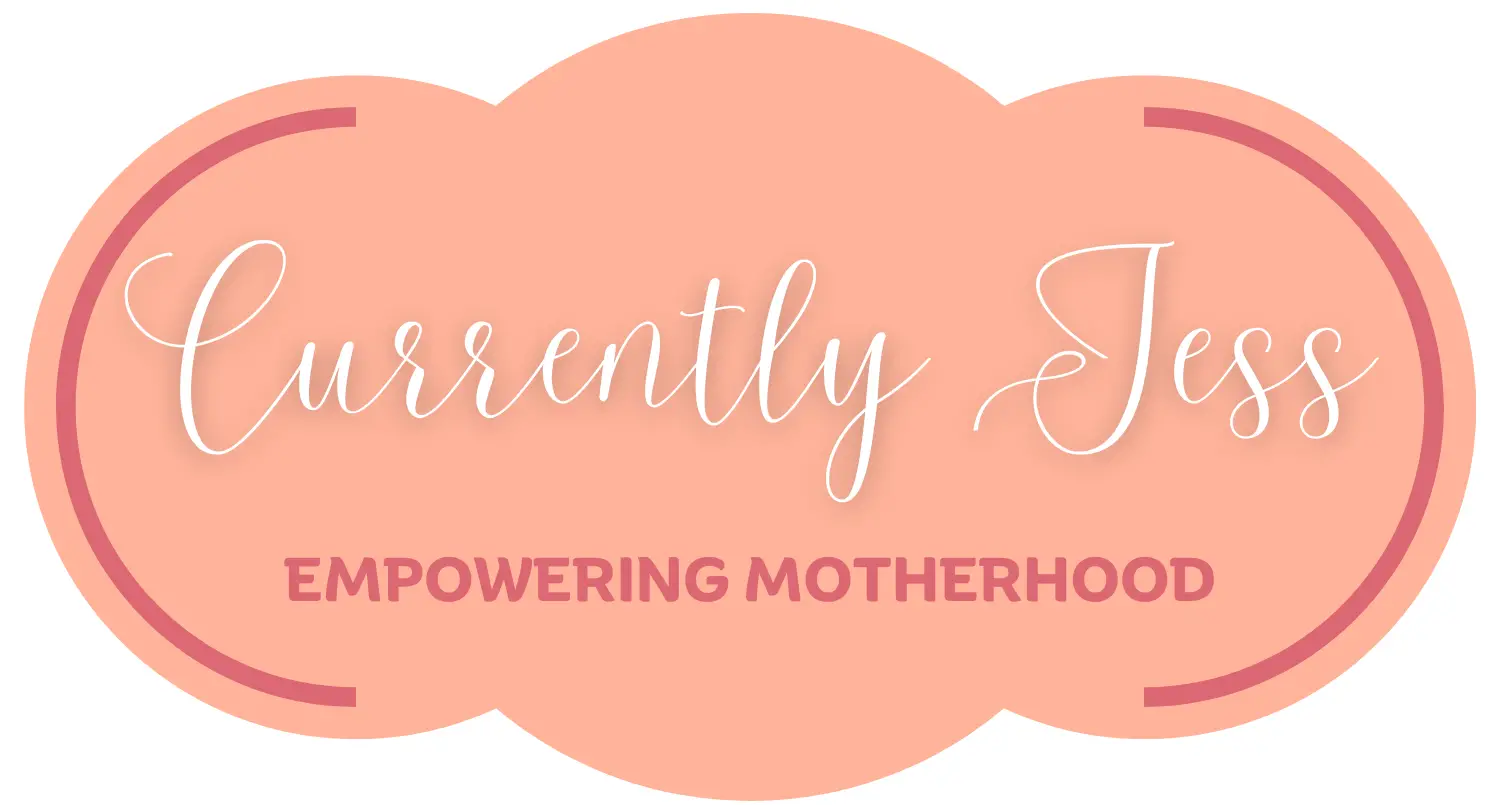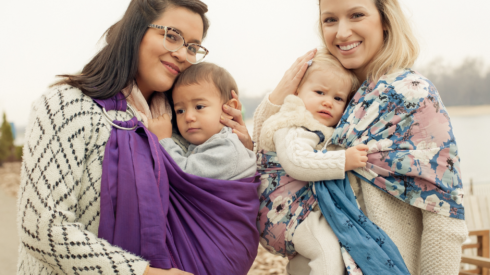Last updated on July 9th, 2024 at 02:07 pm
Does your little baby have cradle cap? Are you looking for remedies to get rid of the unsightly dry skin quickly?
Look no further! Let’s discuss what cradle cap is and how you can safely treat it for your baby!

Disclaimer: This post may contain affiliate links. If purchases are made through these links, I may receive a small commission at no additional cost to you. Thank you for supporting this site.
What is Cradle Cap?
Probably first on your mind is what the heck are all these flakes of skin on my baby’s head? The simplest definition is it actually is like dandruff. Cradle cap is characterized by scaly, yellowish patches on the scalp, but can also be found on the eyebrows, ears, and other areas of skin.
Good news is cradle cap is completely harmless and usually goes away on its own before baby’s first birthday. You can learn more detailed information about cradle cap here.

How is Cradle Cap Treated?
If you are like me, I was not going to wait a few months for the dry, scaly skin to go away on its own. My son had pretty thin hair until about 6 months, so it stuck out like a sore thumb (at least to me!)
Luckily there are several different remedies you can try at home!
Comb or Gently Brush Scalp
First way to treat cradle cap is to gently comb or brush baby’s hair. Make sure to use a soft bristled brush meant for babies like this one to brush out the flakes. Mom Frida also makes great brush called the Dermafrida which I found so easy to use.
Make sure to be very gently when trying to brush away the flakes, especially if your baby is under 3 months. I found out the hard way that some of their newborn hair may come with the flakes, so way the pros and cons before trying this method. (This resolved once my son was about 4 months old)
Moisturize
Because cradle cap is essentially dry skin on your baby’s head, moisturizing is a great way to treat it and keep it way. My mother-in-law always recommended I lotion up my son’s hair both morning and night, but I was so hesitant because I didn’t like his sweet newborn hair to be all greasy. Eventually I found using a gentle baby lotion after baths and then brushing his hair after it dried worked amazing!
Another great way to help get rid of the flakes on your baby’s scalp is with baby oil. A small amount can help loosen the flakes before combing as well as leave some moisture behind.
Wash Your Baby's Hair
Now this one is tricky to find a balance. You want to wash baby’s hair enough to prevent their head from getting dirty and dry, but not too much that it makes their skin even more dry. For me I found washing every 3 days with a mild baby shampoo to work best for me!
Use a Medicated Cream or Shampoo
There are also several brands of creams or shampoos that you can use to help treat cradle cap. I personally used Mustela brand shampoo and cradle cap cream, but there are many options out there.
Well, there you have it! Hopefully one or multiple of these methods work to clear up cradle cap in your little one. Remember, it really is just like dandruff in babies and is completely harmless. And even if you take the absolute best care of your baby’s scalp, it can still happen. It will clear up eventually.
And remember, as with any condition, if you notice any redness, swelling, or worsening of symptoms it is important to contact your pediatrician.
Good luck mama! And remember, you’ve got this!



